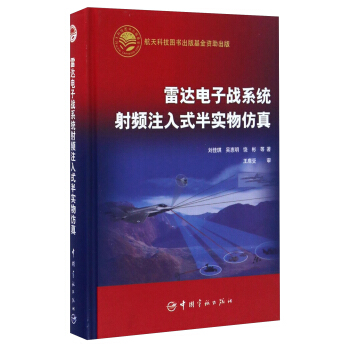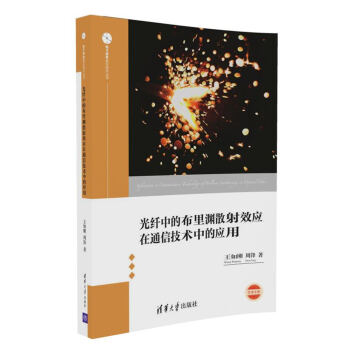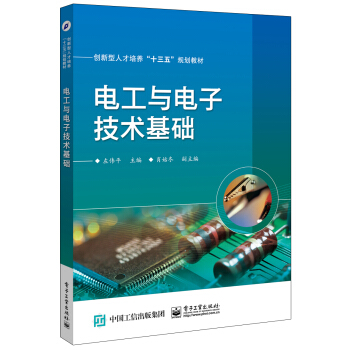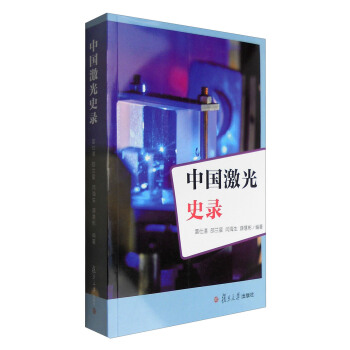![变频器应用技术(第3版)/高职高专工业机器人技术系列教材·高等职业教育“十三五”规划教材 [AC Inverter Application Technology]](https://pic.tinynews.org/12083975/592f8cabN45278f6b.jpg)

具体描述
内容简介
《变频器应用技术(第3版)/高职高专工业机器人技术系列教材·高等职业教育“十三五”规划教材》从变频器使用者的角度出发,从理论到实践、从设计到应用,由浅入深地阐述了变频器基础知识、变频器的使用功能、变频器控制系统的设计、变频器的节能应用以及变频器的维护与维修。《变频器应用技术(第3版)/高职高专工业机器人技术系列教材·高等职业教育“十三五”规划教材》的特点是按照使用者了解和应用变频器的渐进过程,结合生产工艺和机械装备的实际应用,详细介绍了变频器的使用范围、工作原理以及行业经验,力图将变频器在应用中所涉及的重点以言简意赅的方式呈现给读者。《变频器应用技术(第3版)/高职高专工业机器人技术系列教材·高等职业教育“十三五”规划教材》可以作为高职高专院校工业机器人技术、电气自动化技术、机电一体化技术、自动控制及相关专业的教材,也可供电气从业人员参考使用。
目录
第1章 变频器基础知识1.1 交流电动机的调速方式
1.1.1 异步电动机和同步电动机的概念
1.1.2 交流电动机的调速方式
1.1.3 调速方式汇总
1.2 交流异步电动机的调速原理
1.2.1 感应电动机稳态模型及基于稳态模型的控制方法
1.2.2 矢量控制方式
1.2.3 DTC直接转矩控制方式
1.3 变频器的电路结构
1.3.1 通用变频器的构造
1.3.2 电力电子器件
1.3.3 典型变频器的主回路构成方式
1.3.4 运算电路与微处理器
1.3.5 驱动电路与开关电源
1.4 变频器的分类与特点
1.4.1 变频器的分类
1.4.2 变频器的技术规范
1.5 技能训练1:三菱D700变频器的试运行
1.5.1 认识三菱D700变频器
1.5.2 实战任务1:1.5 kW三菱DT00变频器带电动机试运行
1.5.3 实战任务2:三菱DT00变频器的各类参数操作
1.5.4 实战任务3:三菱DT00变频器U/f曲线设定及测定
1.6 技能训练2:西门子MM4系列变频器的基本操作
1.6.1 键盘操作器AOP/BOP
1.6.2 基本键盘操作器BOP上的显示、按钮及其含义
1.6.3 用BOP更改一个参数的案例
1.6.4 用AOP和BOP调试变频器
1.6.5 MM420变频器的外部接线
1.6.6 MM420变频器的缺省设置
1.6.7 MM420变频器的上电运行
本章小结
思考与练习题
第2章 变频器的使用功能
2.1 变频器的U/f控制方式
2.1.1 U/f控制方式
2.1.2 预定义U/f曲线和用户自定义U/f曲线
2.1.3 U/f厂曲线转矩补偿
2.1.4 闭环U/f控制
2.2 变频器的频率给定方式
2.2.1 操作器键盘给定
2.2.2 接点信号给定
2.2.3 模拟量给定
2.2.4 脉冲给定
2.2.5 通信给定
2.3 变频器的运转指令方式
2.3.1 操作器键盘控制
2.3.2 端子控制
2.3.3 通信控制
2.4 变频器的起动制动方式
2.4.1 起动运行方式
2.4.2 加减速方式
2.4.3 停机方式
2.4.4 能耗制动和回馈制动方式
2.5 技能训练1:三菱D700变频器运行模式的操作
2.5.1 D700变频器主电路端子的接线
2.5.2 D700变频器控制端子输入信号的熟悉
2.5.3 运行模式功能与参数Pr.7 9的设置
2.5.4 实战任务1:三菱D700变频器的模拟量输入跳线的设置
2.5.5 实战任务2:运行指令方式为面板的三菱D700变频器起/停操作
2.5.6 实战任务3:运行指令方式为外部端子的三菱D700变频器起/停操作
2.6 技能训练2:西门子MM420变频器调试案例分析
2.6.1 MM420变频器面板操作的参数设置
2.6.2 MM420变频器外部端子操作的参数设置
2.6.3 多段速的参数设置
2.6.4 MM420变频器应用PID的简单案例
2.6.5 MM420变频器与S7-200的通信
本章小结
思考与练习题
第3章 变频器控制系统的设计
3.1 变频调速系统的设计原理
3.1.1 变频调速系统的基本概念
3.1.2 变频器的选择
3.1.3 电动机的选择
3.1.4 变频调速系统的应用
3.2 转速控制应用
3.2.1 转速控制的基本概念
3.2.2 开环转速控制
3.2.3 高精度速度控制的实现方法
3.3 PID控制应用
3.3.1 P1D控制的形式
3.3.2 各种流体工艺的变频PID控制
3.3.3 三菱变频器A700的PID控制应用实例
3.4 通信控制应用
3.4.1 通用RS232/Rs485的通信设计
3.4.2 三菱FX系列PLC与三菱变频器RS485通信应用实例
3.5 变频控制柜的设计
3.5.1 变频控制柜的设计和防护等级
3.5.2 变频控制柜的主回路和EMC设计
3.6 技能训练:化工厂变频控制系统的设计
3.6.1 控制要求
3.6.2 变频控制系统的硬件设计
3.6.3 化学品电动机的变频器参数设置与调试
本章小结
思考与练习题
第4章 变频器的节能应用
4.1 变频节能的典型应用
4.1.1 变频器与节能
4.1.2 风机水泵的节能潜力
4.2 给排水系统的变频器节能控制
4.2.1 给排水变频节能控制系统的应用背景
4.2.2 变频器在小区恒压供水系统中的应用
4.3 暖通空调系统的变频节能控制
4.3.1 暖通空调系统的变频节能原理
4.3.2 中央空调系统中的循环泵节流变频控制
4.3.3 中央空调变频风机的控制方式
4.4 工厂变频节能案例
4.4.1 螺杆空气压缩机的变频节能改造
4.4.2 起重机主电机的变频改造
4.4.3 卧螺离心机的变频节能
本章小结
思考与练习题
第5章 变频器的维护经验
5.1 变频器维护基本要点
5.1.1 变频器故障或报警的分类
5.1.2 变频器简易故障或报警的排除
5.1.3 日常和定期检查项目
5.1.4 变频器故障或报警排除的基本步骤
5.2 过压原因及故障定位
5.2.1 过压问题
5.2.2 茶叶机变频器恒速运行过压
5.3 过流原因及故障定位
5.3.1 过流原因分析
5.3.2 过流故障处理对策
5.3.3 换热加泵变频器过流
5.4 过载原因及故障定位
5.4.1 过载故障现象
5.4.2 水泵变频器过载
5.5 过热原因及故障定位
5.5.1 过热故障现象
5.5.2 变频器散热的结构分析
5.5.3 变频器过热的处理方法
5.5.4 收卷变频器过热故障维修
5.6 缺相原因及故障定位
5.6.1 缺相故障现象
5.6.2 输入整流桥缺相故障
5.7 技能训练:变频器主电路元器件检测
5.7.1 变频器主回路器件损坏常用判断方法
5.7.2 实战任务:用万用表检查变频器的功率模块
本章小结
思考与练习题
参考文献
精彩书摘
《变频器应用技术(第3版)/高职高专工业机器人技术系列教材·高等职业教育“十三五”规划教材》:1)电源容量为600kVA及以上,且变频器安装位置离大容量电源在10m以内。
2)三相电源电压不平衡率大于3%。
3)其他晶闸管变流器与变频器共用同一进线电源,或进线电源端接有通过开关切换以调整功率因数的电容器装置。
(3)进线电抗器容量的选择
进线电抗器的容量可按预期在电抗器每相绕组上的压降来决定。一般选择压降为网侧相电压的2%~4%。进线电抗器压降不宜取得过大,压降过大会影响电动机转矩。一般情况下选取进线电压的4%(8.8V)已足够,在较大容量的变频器中如75kw以上可选用10V压降。
(4)直流电抗器和输出电抗器的作用
在有直流环节的变频系统中,在整流器后接人直流电抗器可以有效地改善功率因数,配合得当可以将功率因数提高到0.95,另外,直流电抗器能使逆变器运行稳定,并能限制短路电流,所以很多厂家生产的55kW以上的变频器都随机供应直流电抗器。输出电抗器的主要作用是补偿长线分布电容的影响,并能抑制变频器输出的谐波,起到减小变频器噪声的作用。
……
用户评价
说实话,我之前对变频器了解得比较零散,更多的是知道它能调速,但具体怎么调、为什么能调,以及它在整个工业体系中扮演着怎样的角色,一直没有一个清晰的图景。拿到这本《变频器应用技术(第3版)》之后,我第一感觉就是它很“硬核”,内容应该非常扎实。我翻了几页,看到了不少关于电机控制理论、PID调节算法的内容,这让我意识到,要真正掌握变频器,理解背后的数学模型和控制逻辑是必不可少的。书中提到的“矢量控制”、“V/f控制”等概念,虽然听起来有些专业,但结合后面的图示和解释,感觉还是比较容易理解的。我对书中关于“变频器过载保护与散热设计”的部分特别感兴趣,因为在实际工作中,设备稳定性非常重要,而变频器作为核心部件,一旦出现问题,可能会导致整个生产线停摆。了解这些细节,对于保证设备的长期可靠运行至关重要。这本书的出版信息显示它是“高等职业教育‘十三五’规划教材”,这意味着它在内容上应该符合行业发展趋势,并且具有一定的权威性,这让我对它的学习价值充满了信心。
评分我一直对工业自动化领域非常感兴趣,尤其是在一些核心的技术细节方面,总觉得需要更加深入的学习。最近听朋友推荐了这本《变频器应用技术(第3版)》,虽然我还没来得及细读,但光从目录和一些章节的标题来看,就觉得非常有分量。特别是“变频器原理与结构”、“变频器选型与安装”、“变频器控制方式与应用”这些章节,感觉是对变频器工作机制、如何选择合适的型号以及在实际工业场景中具体如何应用,进行了系统而详尽的阐述。这本书的定位是“高职高专工业机器人技术系列教材”,这说明它不仅仅是停留在理论层面,更强调实际操作和应用,这对于我这样想在工业机器人领域有所建树的人来说,是非常宝贵的。我尤其期待书中关于“变频器在不同工业机器人负载下的应用案例分析”部分,我相信通过这些实际案例,能够更好地理解变频器在提升机器人运动性能、实现精确控制方面的关键作用,也能学习到一些在实际工程中可能遇到的问题以及解决方案。对于我这种刚入门或者希望系统梳理知识的读者来说,这本书无疑提供了一个坚实的理论基础和实践指导。
评分我是一个对电子技术和自动化设备充满好奇心的爱好者,虽然不是科班出身,但一直通过各种途径学习和了解相关知识。偶然得知《变频器应用技术(第3版)》这本书,虽然它定位为专业教材,但我相信其中的基础原理和应用场景对于我这样的业余爱好者也能提供很大的帮助。我翻阅了部分内容,发现它不仅仅停留在枯燥的技术参数讲解,还穿插了不少的图示和表格,这使得抽象的概念变得更加直观易懂。我尤其喜欢书中对“变频器工作波形分析”和“谐波治理技术”的阐述,这部分内容涉及到了电气工程的一些核心知识,我一直想深入了解。如果这本书能够用相对通俗易懂的方式,解释清楚这些复杂的电气现象,并提供一些简单的实践建议,那将对我帮助很大。此外,书中提及的“变频器的安全操作规范”也让我觉得非常重要,任何设备的使用都离不开安全,了解如何正确、安全地使用变频器,是我非常看重的一点。
评分我是一名刚毕业的大学生,正在为进入工业机器人行业做准备。在学校里,我们接触过一些基础的自动化原理,但对于变频器这样具体的应用技术,了解得还不够深入。这本《变频器应用技术(第3版)》正好填补了我的知识空白。我非常欣赏它“高职高专工业机器人技术系列教材”的定位,这意味着它更侧重于培养实际操作能力,而不是纯粹的理论灌输。我特别期待书中关于“变频器在不同类型电机驱动中的应用”的内容,因为在工业机器人领域,会涉及到各种不同规格和类型的电机,了解变频器如何针对不同电机进行优化控制,对我来说至关重要。此外,书中提到的“变频器的节能技术与经济效益分析”也引起了我的兴趣,在如今强调绿色生产和降本增效的大环境下,了解如何通过变频器实现节能,并对其经济效益进行量化分析,将为我未来的职业发展提供重要的参考。
评分对于我这样一个在生产一线摸爬滚打多年的技术人员来说,理论知识固然重要,但更看重的是如何将这些理论有效地转化为实际操作。我手里的这本《变频器应用技术(第3版)》给我的第一印象就是“实用”。我粗略浏览了一下目录,看到“变频器的故障诊断与维修”和“变频器与PLC的接口技术”等章节,顿时觉得非常贴合我的工作需求。在实际生产过程中,设备难免会出现各种各样的问题,而变频器作为执行机构,其故障诊断和维修能力直接关系到生产效率。如果这本书能提供一套系统性的故障排除方法,那将极大地提高我的工作效率。同时,“变频器与PLC的接口技术”也是一个非常关键的环节,它涉及到变频器如何被集成到整个自动化控制系统中,如何与其他设备进行通信和协同工作。我期待书中能有具体的接线图、通信协议介绍以及一些实际的PLC编程案例,这样我才能将学到的知识直接应用到现场的调试和改造中,解决实际遇到的技术难题。
相关图书
本站所有内容均为互联网搜索引擎提供的公开搜索信息,本站不存储任何数据与内容,任何内容与数据均与本站无关,如有需要请联系相关搜索引擎包括但不限于百度,google,bing,sogou 等
© 2025 book.idnshop.cc All Rights Reserved. 静思书屋 版权所有

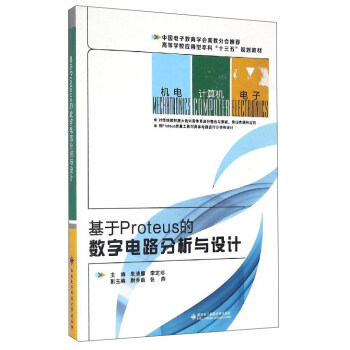
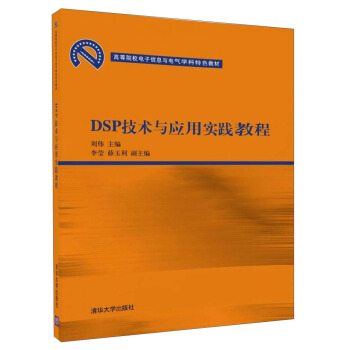

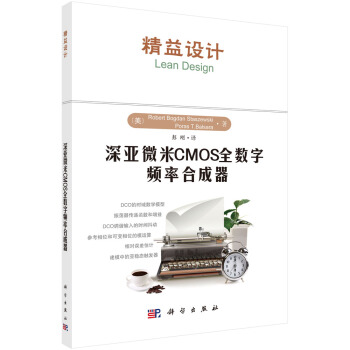
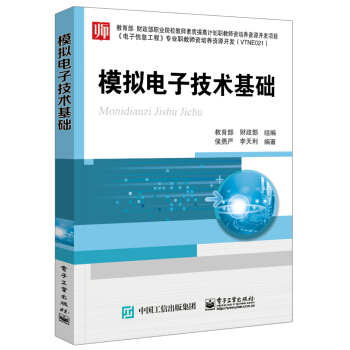
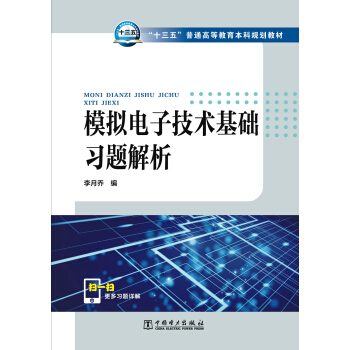
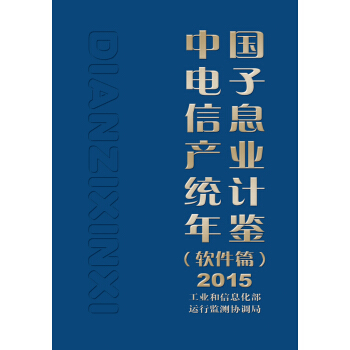

![介电体超晶格(上) [Superlattices and microstructures of dielectric materials] pdf epub mobi 电子书 下载](https://pic.tinynews.org/12091033/5938c4d0N36cb523c.jpg)
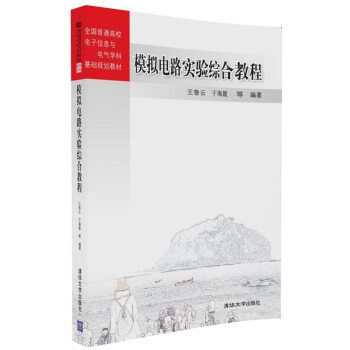
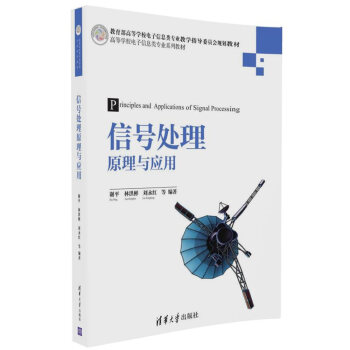
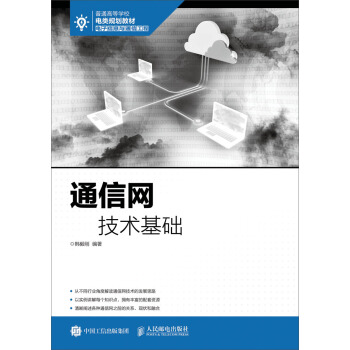
![量子图像处理及其应用 [Quantum Image Processing and Applications] pdf epub mobi 电子书 下载](https://pic.tinynews.org/12091702/586d171aN54fcb80f.jpg)
